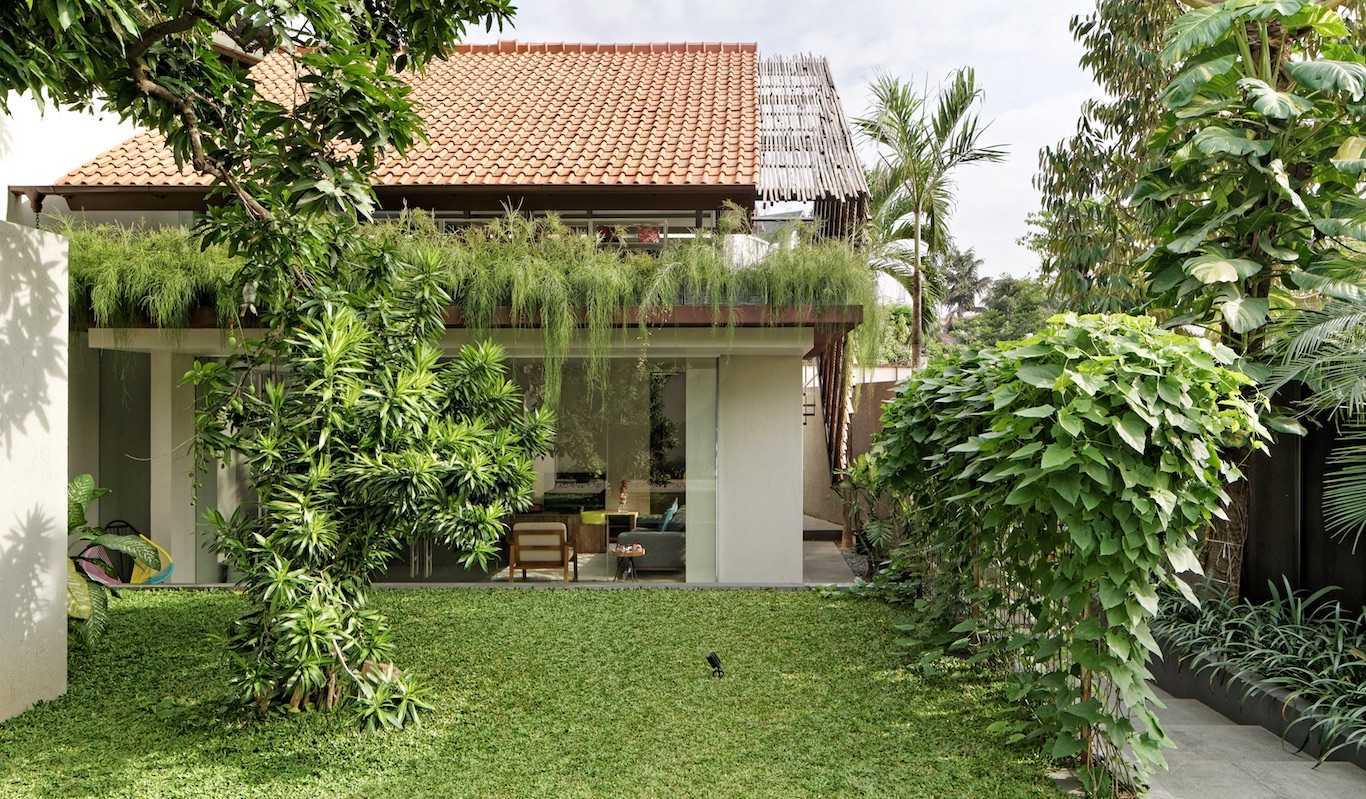Mid Century Modern House Timeless Design for Today’s Living
Exploring the Allure of Mid-Century Modern Houses Mid-century modern houses have a unique charm that…

Exploring the Allure of Mid-Century Modern Houses
Mid-century modern houses have a unique charm that continues to captivate homeowners and designers alike. Originating in the mid-20th century, this architectural style is characterized by clean lines, open floor plans, and a seamless integration with nature. Let’s delve into the allure of mid-century modern houses, exploring their history, design principles, and enduring popularity.
A Glimpse into History: The Origins of Mid-Century Modern Houses
The mid-century modern architectural style emerged in the post-World War II era, reflecting a desire for simplicity, functionality, and innovation. Architects such as Frank Lloyd Wright, Ludwig Mies van der Rohe, and Richard Neutra played pivotal roles in shaping this design movement. Mid-century modern houses were a departure from the ornate and elaborate styles of the past, focusing instead on clean, minimalist aesthetics that emphasized form and function.
Design Principles of Mid-Century Modern Houses
At the core of mid-century modern design are several key principles that define the style. One of the most prominent features is an emphasis on open floor plans, which create a sense of spaciousness and flow throughout the home. Large windows and glass walls are also common, allowing ample natural light to flood the interiors and blur the boundaries between indoor and outdoor spaces. Flat or low-sloping roofs, exposed structural elements, and a mix of materials such as wood, glass, and stone are other hallmarks of mid-century modern architecture.
The Iconic Features of Mid-Century Modern Houses
Mid-century modern houses are known for their iconic features that have become synonymous with the style. The butterfly roof, characterized by two upward-sloping roof sections that meet at a central valley, is a striking example of mid-century modern design. Other signature elements include clerestory windows, which are narrow, horizontal windows located high on walls to let in light while maintaining privacy, and cantilevered structures that seem to float effortlessly above the ground.
Bringing the Outdoors In: Integration with Nature
One of the defining characteristics of mid-century modern houses is their seamless integration with the surrounding landscape. Large windows and sliding glass doors not only flood the interiors with natural light but also offer expansive views of the outdoors. Patios, decks, and courtyards are often integral parts of mid-century modern homes, providing outdoor living spaces that are perfect for entertaining or simply enjoying the tranquility of nature.
Timeless Appeal: Why Mid-Century Modern Houses Endure
Despite being born out of a specific era, mid-century modern houses have a timeless appeal that continues to resonate with homeowners today. The clean lines, organic forms, and emphasis on functionality create homes that feel both contemporary and classic. The style’s focus on simplicity and efficiency also aligns with modern sustainability practices, making mid-century modern houses attractive to environmentally conscious individuals.
Mid-Century Modern Houses Today: A Revival of Interest
In recent years, there has been a resurgence of interest in mid-century modern houses, with homeowners seeking to capture the style’s iconic look and feel. Renovations of existing mid-century homes often aim to preserve their original character while incorporating modern amenities and conveniences. Additionally, new construction projects inspired by mid-century modern design principles are on the rise, offering a fresh take on this timeless architectural style.
The Influence of Mid-Century Modern Houses on Interior Design
The influence of mid-century modern houses extends beyond their architectural features and into interior design. The style’s clean lines, minimalism, and emphasis on natural materials have inspired countless interior designers and decorators. From iconic furniture pieces like the Eames Lounge Chair to bold geometric patterns and earthy color palettes, mid-century modern aesthetics continue to shape contemporary interiors.
Living in a Mid-Century Modern House: A Lifestyle Choice
Owning a mid-century modern house is more than just living in a beautifully designed home—it’s a lifestyle choice. The open floor plans and seamless indoor-outdoor flow encourage a sense of connection with nature and a focus on simplicity. Mid-century modern houses often feature built-in furniture, such as shelving units and benches, that maximize space and minimize clutter, promoting a clean and uncluttered living environment.
Preserving the Legacy: Restoring Mid-Century Modern Houses
For homeowners lucky enough to own a mid-century modern house, preserving its legacy is a labor of love. Restoration projects often involve careful attention to detail, from restoring original materials and finishes to preserving iconic architectural features. Many homeowners also seek out vintage furniture and decor pieces that complement the style of their mid-century modern homes, adding to the authenticity and charm of these architectural gems.
Embracing Mid-Century Modern Houses: A Timeless Choice
In conclusion, mid-century modern houses continue to hold a special place in the hearts of homeowners and design enthusiasts alike. Their timeless appeal, iconic features, and seamless integration with nature make them more than just houses—they are works of art that embody a distinct era of architectural innovation. Whether you’re drawn to the clean lines, the open floor plans, or the connection with nature, embracing a mid-century modern Read more about mid century modern house







